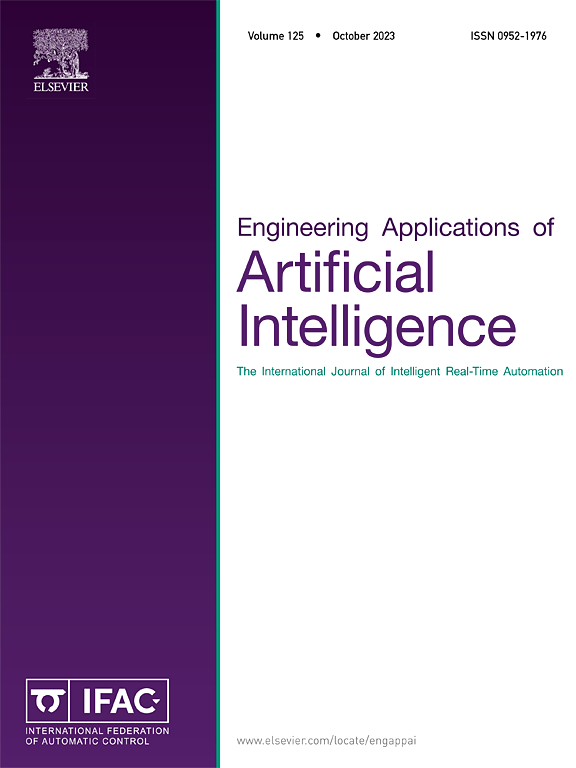Beyond spatial neighbors: Utilizing multivariate transfer entropy for interpretable graph-based spatio–temporal forecasting
IF 7.5
2区 计算机科学
Q1 AUTOMATION & CONTROL SYSTEMS
Engineering Applications of Artificial Intelligence
Pub Date : 2025-02-17
DOI:10.1016/j.engappai.2025.110161
引用次数: 0
Abstract
Spatio–temporal forecasting is a challenging task that requires modeling complex interactions between multiple time series. While graph-based models have emerged as compelling tools for this task, their effectiveness heavily depends on the underlying graph structure that captures spatial dependencies but ignores the temporal relationships. To address this challenge, we propose the Multivariate Transfer Entropy-Multivariate Time series forecasting with Graph Neural Networks (MTE-MTGNN), a hybrid approach that combines statistical and deep learning methods. MTE-MTGNN introduces an interpretable graph construction layer founded on Multivariate Transfer Entropy, which effectively captures both spatial and temporal dependencies in the data. Empirical evaluations across five benchmark datasets demonstrate the superiority of our proposed approach in terms of predictive accuracy. The model shows particular strength in few-shot scenarios where traditional forecasting approaches typically struggle, achieving performance improvements of up to 3% on the RRSE metric in the exchange rate dataset and up to 4% on the correlation metric in the Hungarian Chickenpox dataset compared to state-of-the-art baselines. The findings witnessed across different experiments translate into significant practical benefits for real-world engineering applications and different domains.
求助全文
约1分钟内获得全文
求助全文
来源期刊

Engineering Applications of Artificial Intelligence
工程技术-工程:电子与电气
CiteScore
9.60
自引率
10.00%
发文量
505
审稿时长
68 days
期刊介绍:
Artificial Intelligence (AI) is pivotal in driving the fourth industrial revolution, witnessing remarkable advancements across various machine learning methodologies. AI techniques have become indispensable tools for practicing engineers, enabling them to tackle previously insurmountable challenges. Engineering Applications of Artificial Intelligence serves as a global platform for the swift dissemination of research elucidating the practical application of AI methods across all engineering disciplines. Submitted papers are expected to present novel aspects of AI utilized in real-world engineering applications, validated using publicly available datasets to ensure the replicability of research outcomes. Join us in exploring the transformative potential of AI in engineering.
 求助内容:
求助内容: 应助结果提醒方式:
应助结果提醒方式:


